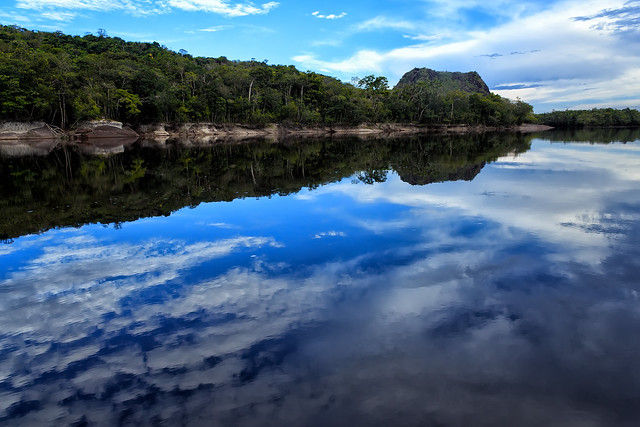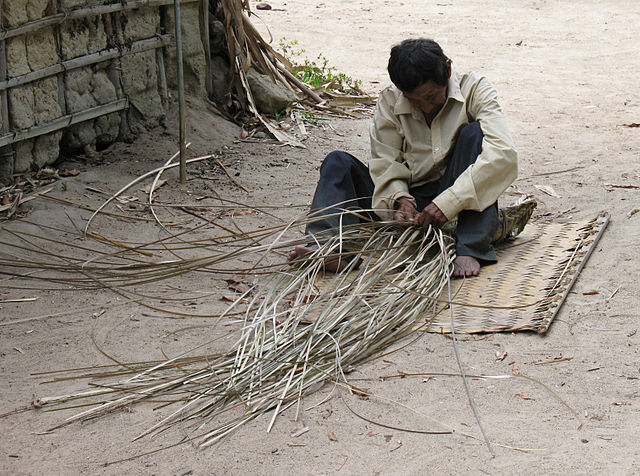Illegal mining in south central Venezuela is fostering conflict and even some violence among the normally peaceful Piaroa people. A lengthy analysis in the publication Caracas Chronicles on June 4 provides a lot of details about the stresses the Piaroa are trying to cope with.

The author, who is not named to protect his or her security, begins the account by describing an attack on a group of Piaroa. They were going by boat up the Sipapo River when they encountered a barbed wire blockade stretching from shore to shore staffed by armed men—also Piaroa. The armed Piaroa stopped the boat, tied up the captives, took them to a “command center” as they called it, and proceeded to beat them. One man had a serious head wound from a machete strike that had to be treated in the hospital in Puerto Ayacucho.
Alirio Sánchez, one of the victims on the river boat that day, said that everyone attacked was a Piaroa from the Autana municipality. He explained that the boat was carrying supplies such as gasoline and food for the miners at a mine near Cerro Qemado. But speaking of the attack on a Puerto Ayacucho radio station he was defensive: they were heading for a small mine, not a large one such as the ones along the Orinoco River. He also said they were taking food to their children.
While Sánches was telling his side of the story of the attack, the general coordinator of a local Piaroa organization was presenting a contradictory view. Otilio Santos from the Organización Indígena de los Pueblos Uwottüja del Sipapo (OIPUS)— “Uwottüja” is another name for “Piaroa”—told a press conference that the indigenous guards at the barrier across the Sipapo were trying to prevent supplies from reaching the mine. About 200 people “from our own community” are at the mine.

Alirio López, also speaking in defense of OIPUS, said that the role of the indigenous guards is to protect the people and the resources of their ancestral territory. Defending the river and preventing supplies from reaching the illegal gold and coltan mines is essential, they feel.
The author devotes the rest of his or her analysis to the relationships between the different rebel armed groups and the broader society. The classic facets of Piaroa life and patterns of beliefs that used to cement their commitment to an entirely peaceful lifestyle are clearly threatened. The presence of the mining operations and of the armed rebel groups that seem to feed on the mining has introduced an entirely new dimension into the Piaroa way of life.
The people obviously disagree about how to cope with the new dimensions that intrude into their lives. The author of the article asks particularly poignant questions, such as who is providing firearms to the different Piaroa factions? OIPUS and the others hesitate to answer. Their peacefulness may not survive.